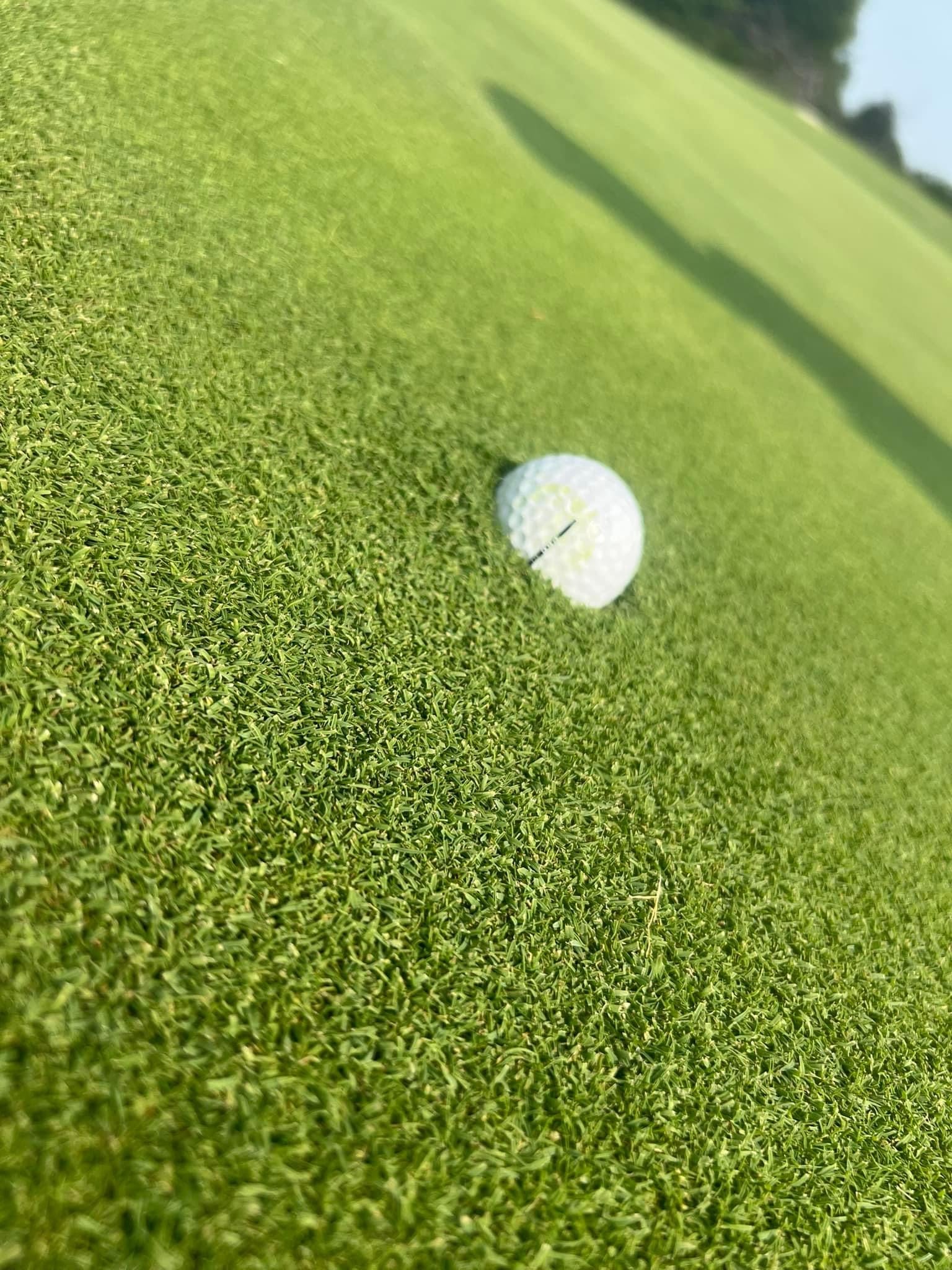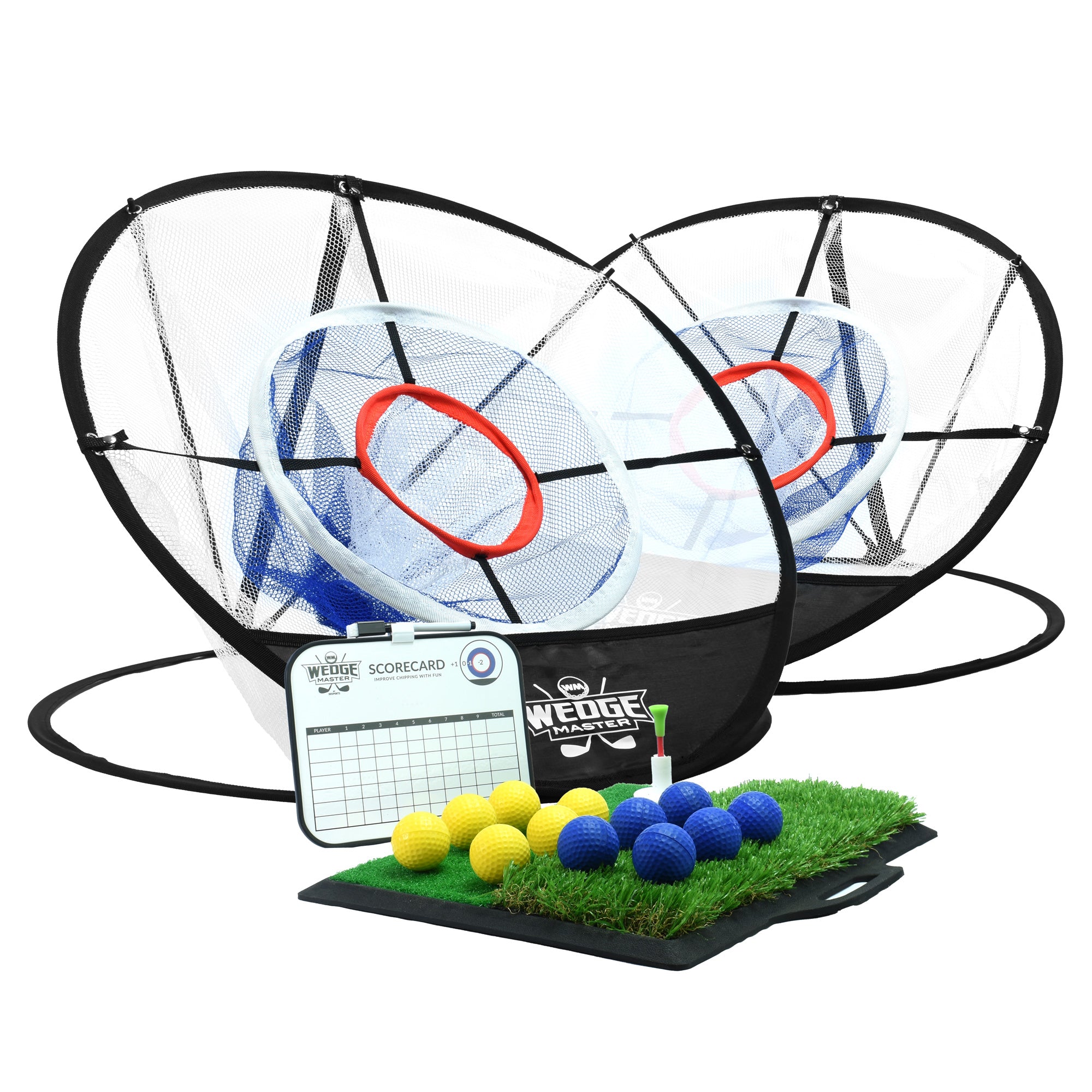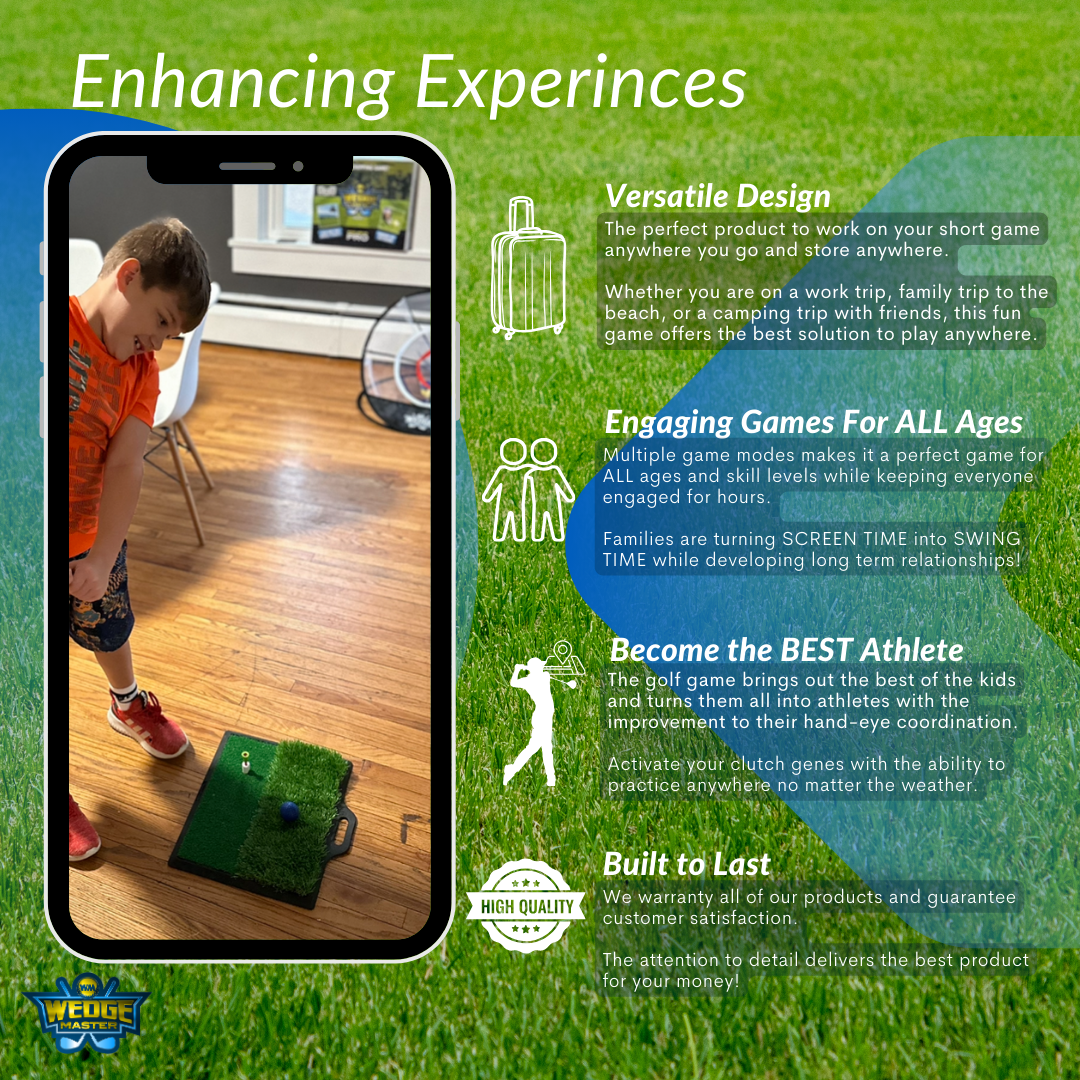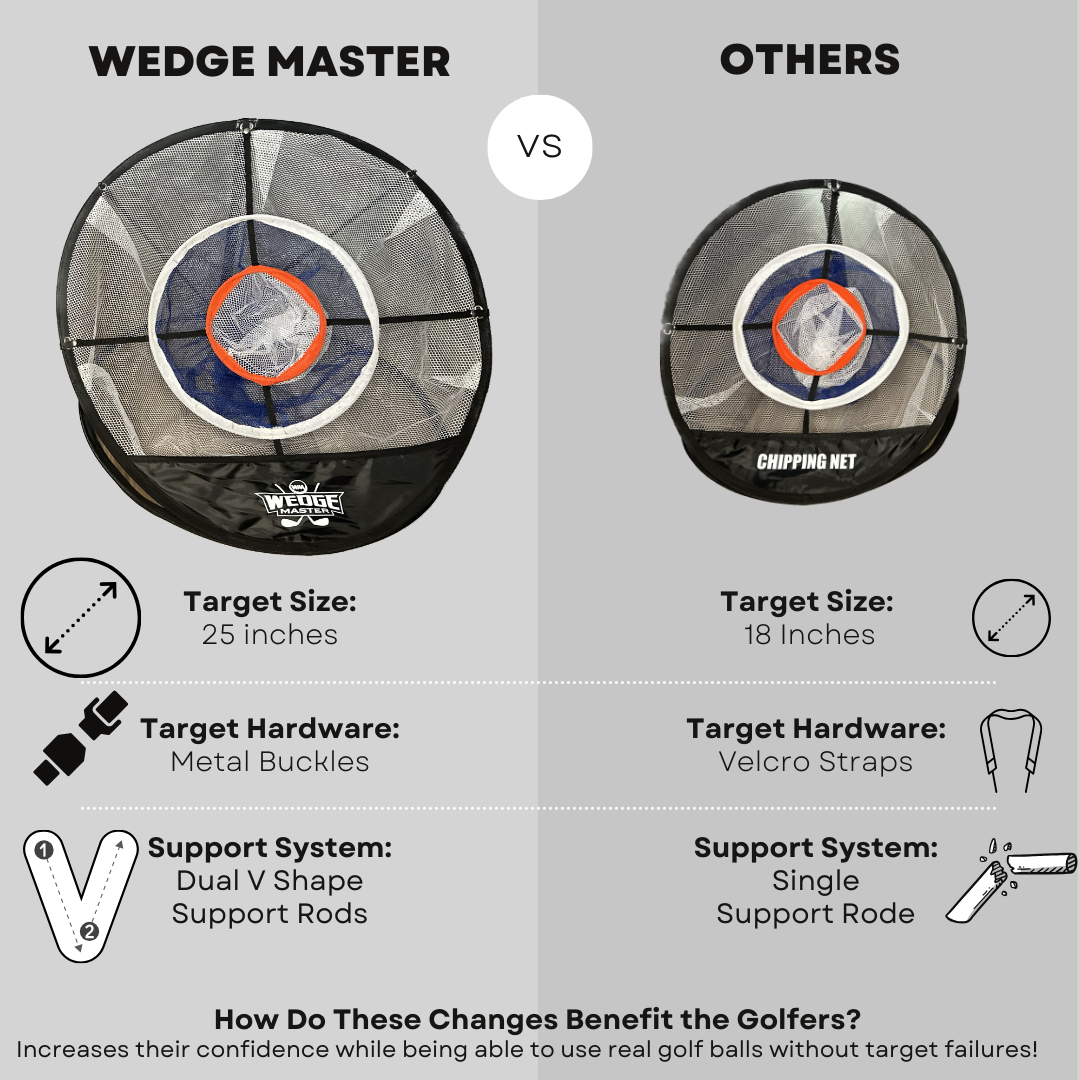
Unraveling the Secrets of Golf Ball Designs: Enhancing Golfers' Skill Set
Introduction:
Welcome to our blog, where we delve into the fascinating world of golf ball designs. If you've ever wondered what sets one golf ball apart from another and how it can enhance your skills on the green, you're in the right place. In this article, we will explore the major factors that differentiate between golf ball designs and optimize your golfing experience.
1) Compression:
Compression is a critical aspect of golf ball design. It refers to the degree to which the ball compresses upon impact with the clubface. Different golfers have varying swing speeds, and selecting the right compression level can greatly impact your game. High compression balls are suitable for players with fast swing speeds, as they offer more control and reduced spin. On the other hand, low compression balls are better suited for golfers with slower swing speeds, as they provide increased distance and higher launch angles.
2) Dimples:
The dimples on a golf ball may appear to be a purely aesthetic feature, but they serve a crucial role in aerodynamics and ball flight. Dimple patterns create turbulence around the ball, reducing drag and allowing it to maintain a more stable trajectory through the air. A well-designed dimple pattern can contribute to greater distance, improved accuracy, and better control, regardless of your skill level.
3) Cover Material:
Golf balls typically have covers made of two materials: urethane and ionomer. Urethane covers offer exceptional spin control, allowing advanced players to shape their shots and generate more backspin around the green. Alternatively, ionomer covers are more durable and provide enhanced distance and durability, making them suitable for golfers seeking longer shots and improved durability.
4) Layers:
Modern golf balls can have either two or three layers. Two-piece balls consist of a solid core and the cover, making them ideal for beginners and high-handicap players. They offer impressive distance and durability while reducing the side spin that can cause hooks or slices. Three-piece balls, with an additional layer between the core and cover, provide added spin and control for more experienced players who want to shape shots with precision.
5) Compression Rating:
When selecting a golf ball, paying attention to the compression rating can make a big difference in your game. The compression rating indicates the stiffness of the ball and is typically categorized as low, medium, or high. Lower compression balls are easier to compress, resulting in increased distance for players with slower swing speeds. Higher compression balls demand greater swing speed to maximize their performance. The right compression rating ensures that you maximize your potential on the golf course.
Conclusion:
Understanding the major factors that differentiate golf ball designs empowers golfers to optimize their skills and gain a competitive edge on the course. From compression to dimple patterns, cover material to layers, each element contributes to improving your game and achieving consistent results. Choosing the right golf ball tailored to your swing speed and play style can significantly enhance your overall performance and enjoyment of the game. So next time you tee up, keep in mind the invaluable design features that make all the difference in your golfing journey.
- Real Golf Feel Turf with 2 Surfaces
- No Broken Windows with the Dozen Foam Golf balls
- Scorecard to keep kids entertained for hours
- Two nets to practice multiple distances and angles
- Carrying Cases For Travel and Easy Storing
















